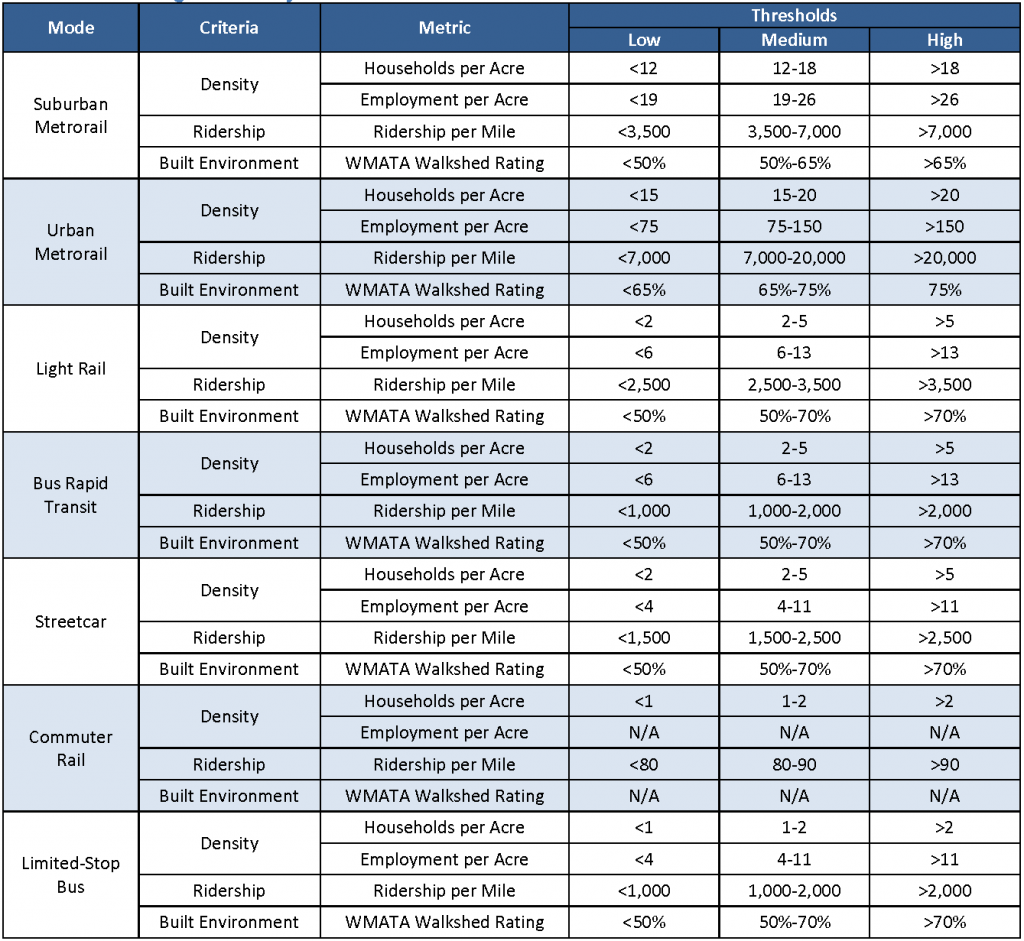First Things First
Secretary Foxx has issued his direction that Metro cannot consider any new rail expansion right now, and WMATA agrees! So much so that we wrote it into our strategic plan back in 2013. Earlier this fall, the Prince William County’s Board of Supervisors heard from WMATA about the importance of fixing Metro’s core before considering any expansion.

The Silver Line’s Phase 2 extension from Wiehle-Reston East to Dulles Airport and Loudoun County could be the last for decades to come. (photo credit: Ryan Stavely, Flickr)
As the region grows, so does the pressure for extensions of Metrorail. The requests are frequent and common: “Extend Metro to BWI! to Centreville! to Waldorf! to Fort Belvoir!” We’ve heard and even modeled most of these requests. For a system that’s shaped and contributed tremendous economic value to the region, it only makes sense that communities outside of its immediate reach want improved access to it. WMATA Director of Planning Shyam Kannan recently took the opportunity to discuss the potential for the extension of Metrorail into Prince William County. With 80% of today’s Metrorail trips going to or through the system’s core (PDF), he noted that major core capacity improvements must be made prior to considering any additional rail extensions. While addressing core capacity has been a major part of Momentum, including initiatives like the 8-car train program, core stations, and New Blue Line Connections, the plan remains largely unfunded. With safety and state of good repair needs as Metro’s top priorities and core capacity relief put off indefinitely, any potential extensions (if they happen) are likely decades away from being built.
But let’s step back. Even if the core was beefed up to handle more riders, would any Metrorail extensions be a wise investment? To help answer this question, Metro has developed a set of draft guidelines that Metro and its partner jurisdictions should use to develop Metrorail extensions and other transit projects such as BRT and LRT lines. Based on a peer review and local benchmarks, the guidelines lay out minimum and recommended targets for density (households and jobs per acre), ridership (per route mile) and built environment characteristics (walkshed ratings). See the table above.
Sample Visualization of Metrorail Supportive Station Density (from Route 1 Study)
More households and jobs (particularly in the station walkshed) bring more riders to the system, which in turn brings in more revenue and helps keep the system affordable for riders and taxpayers alike. Based on earlier work that examined the density and ridership results for a wide variety of previously proposed Metrorail extensions, most were far short of meeting 2/3 of the proposed “medium” Metrorail targets (including hypothetical extensions to Prince William County). Does this mean there will never be another Metrorail extension after the Silver Line? No, but it does mean that (in addition to resolving the system’s core capacity challenges) if we want to build more extensions, we’ve quite literally got to up our game.
9/22/2015 Presentation to Prince William County Board of Supervisors
Transit Expansion Guidelines Final Report 2015-03-25



Please work with stakeholders in Northern Virginia to allocate the “transit subsidy” from the I-395 Express Lanes project framework to WMATA Core Capacity project planning (New Starts). In particular a new blue line connection between Rosslyn and union station. This contribution could potentially be between $200-$700 Million.
goo.gl/Kji8py
The stations that exist are poorly developed. Every one of them should be topped by a walkable, mixed-use urban center, similar to Rosslyn and Clarendon. No more extensions to WMATA to satisfy sprawl.
WMATA has demonstrated that it is run by poor planners and managers. Put a profit-requirement on it to get rid of the ideological BS.